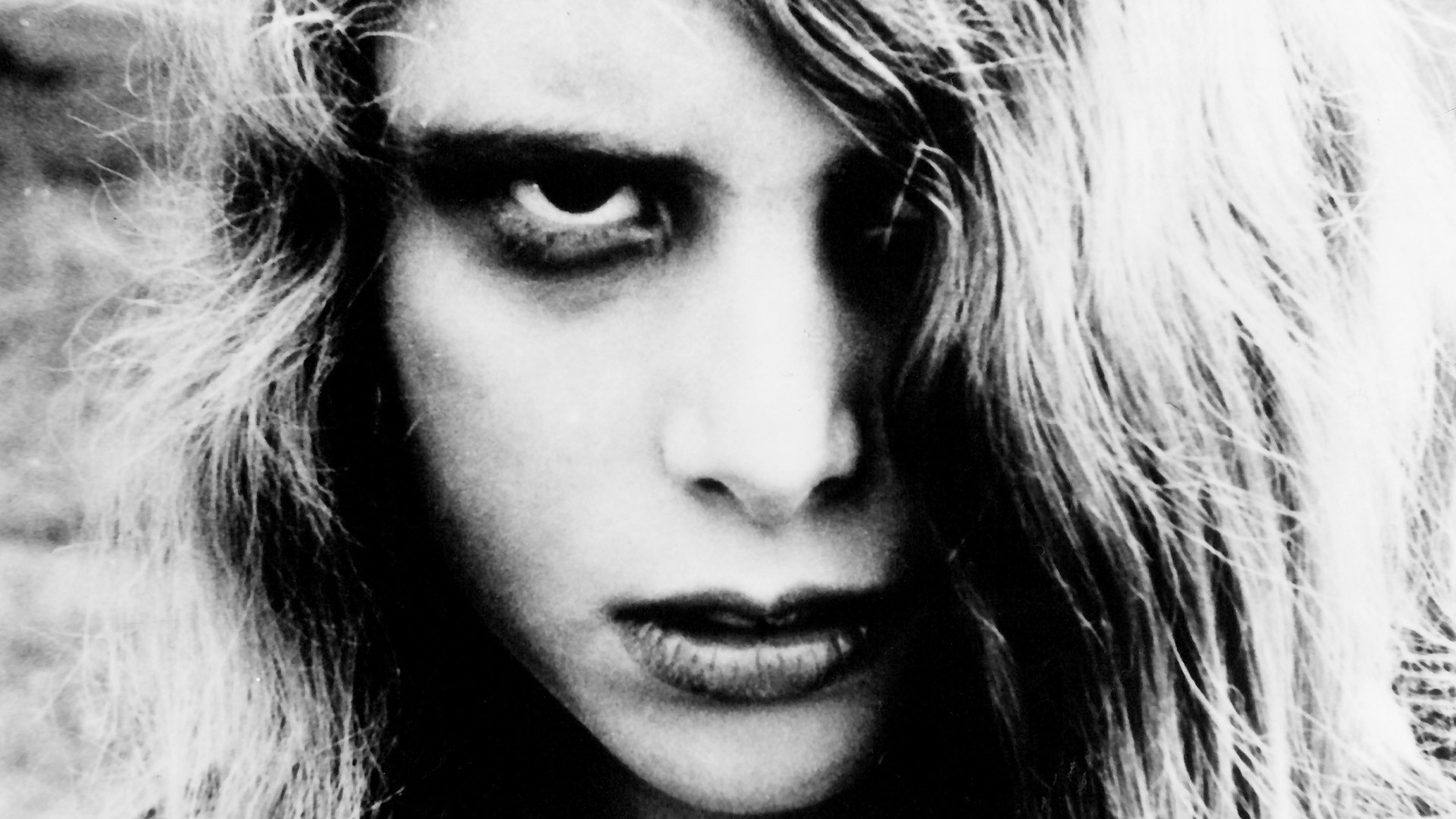The Sixties offered a turning point in horror, redefining and reshaping a genre that would explode the following decade. The era saw horror evolve from the atomic paranoia that informed schlocky Fifties fare to more politically challenging, artistically relevant work – work that would shape the modern genre. Here are the five best films horror had to offer in the 1960s.
5. Eyes Without a Face (1960)
The formula behind this film has been stolen and reformulated for dozens of lurid, low-brow exploitation films since 1960. In each, there is a mad doctor who sees his experiments as being of a higher order than the lowly lives they ruin; the doctor is assisted by a loyal, often non-traditionally attractive (some might say handsome) nurse; there are nubile young women who will soon be victimized, as well as a cellar full of the already victimized. But somehow, in this originator of that particular line of horror, the plot works seamlessly.
An awful lot of that success lies in the remarkable performances. Still, the power in the film is in the striking visuals that are the trademark of giant French filmmaker Georges Franju. His particular genius in this film gave us the elegantly haunting image of Dr. Genessier’s daughter Christiane (Edith Scob). Her graceful, waiflike presence haunts the entire film and elevates those final scenes to something wickedly sublime.
https://www.youtube.com/watch?v=TGNFynNqJ2A
4. The Innocents (1961)
Quietly desperate and delicately high strung, Deborah Kerr’s performance is the perfect central image in The Innocents, the best of many screen adaptations of Henry James’s The Turn of the Screw. Is Kerr’s hypersensitive governess turning delusional as she spirals toward spinsterhood, or are her angelic charges in danger of becoming possessed by the spectral lovers who seem to haunt the property?
Thanks to Kerr, the wickedly cherubic turn by Martin Stephens as young Miles, and Freddie Francis’s gorgeous black and white photography, this eerie ghost story is a glorious study in the shadowy line between reality and imagination.
3. Rosemary’s Baby (1968)
Rosemary’s Baby remains a disturbing, elegant, and fascinating tale, and Mia Farrow’s embodiment of defenselessness joins forces with William Fraker’s skillful camerawork to cast a spell. Along with Repulsion (1965) and The Tenant (1976), Rosemary’s Baby is part of Polanski’s “apartment trilogy” – disturbing films of tension and horror in which metropolitan life and nosey neighbors conspire to drive a person mad.
Working from Ira Levin’s novel, Polanski takes all the glamour out of Satanism – with a huge assist from Ruth Gordon, who won an Oscar for her turn as the highly rouged busybody Minnie Castevet. By now we all know what happens to poor Rosemary Woodhouse, but back in’69, thanks much to Mia Farrow’s vulnerable performance, the film boiled over with paranoid tension. Was Rosemary losing it, or was she utterly helpless and in evil hands?
2. Night of the Living Dead (1968)
From the brightly lit opening cemetery sequence to the paranoid power struggle in the house to the devastating closing montage, Night of the Living Dead teems with the racial, sexual and political tensions of its time. An unsettlingly relevant George A. Romero knew how to push societal panic buttons.
As the first film of its kind, the lasting impact of this picture on horror cinema is hard to overstate. Romero’s inventive imagination created the zombie genre and the monster from the ground up. Beyond that, the film’s shrill sense of confinement, the danger of one man turning on another, and the unthinkable transformation going on in the cellar build to a startling climax – one that utterly upends expectations – followed by the kind of absolutely genius ending that guarantees the film’s eternal position in the annals of horror cinema.
1. Psycho (1960)
In making Psycho, Alfred Hitchcock made horror a legitimate genre by producing a movie that scared smart people, mostly by upending expectations. Hitch kills off his pretty lead in the first act, after letting us know that she has pre-marital sex and is capable of stealing large sums of money. What’s great about these revelations is that she isn’t judged for them. She’s treated as a sympathetic, likeable heroine – although the villain comes off as even more of an innocent. Anthony Perkins’s sexually confused, vulnerable, awkward killer is almost too sympathetic.
Hitchcock’s masterpiece is known best, of course, for the shower scene, and with good reason. But what changed history was his decision to give us a hero who is flawed and a villain (a full-on psycho, no less) that we can’t help but root for.
Listen to our FRIGHT CLUB PODCAST for the whole bit.
